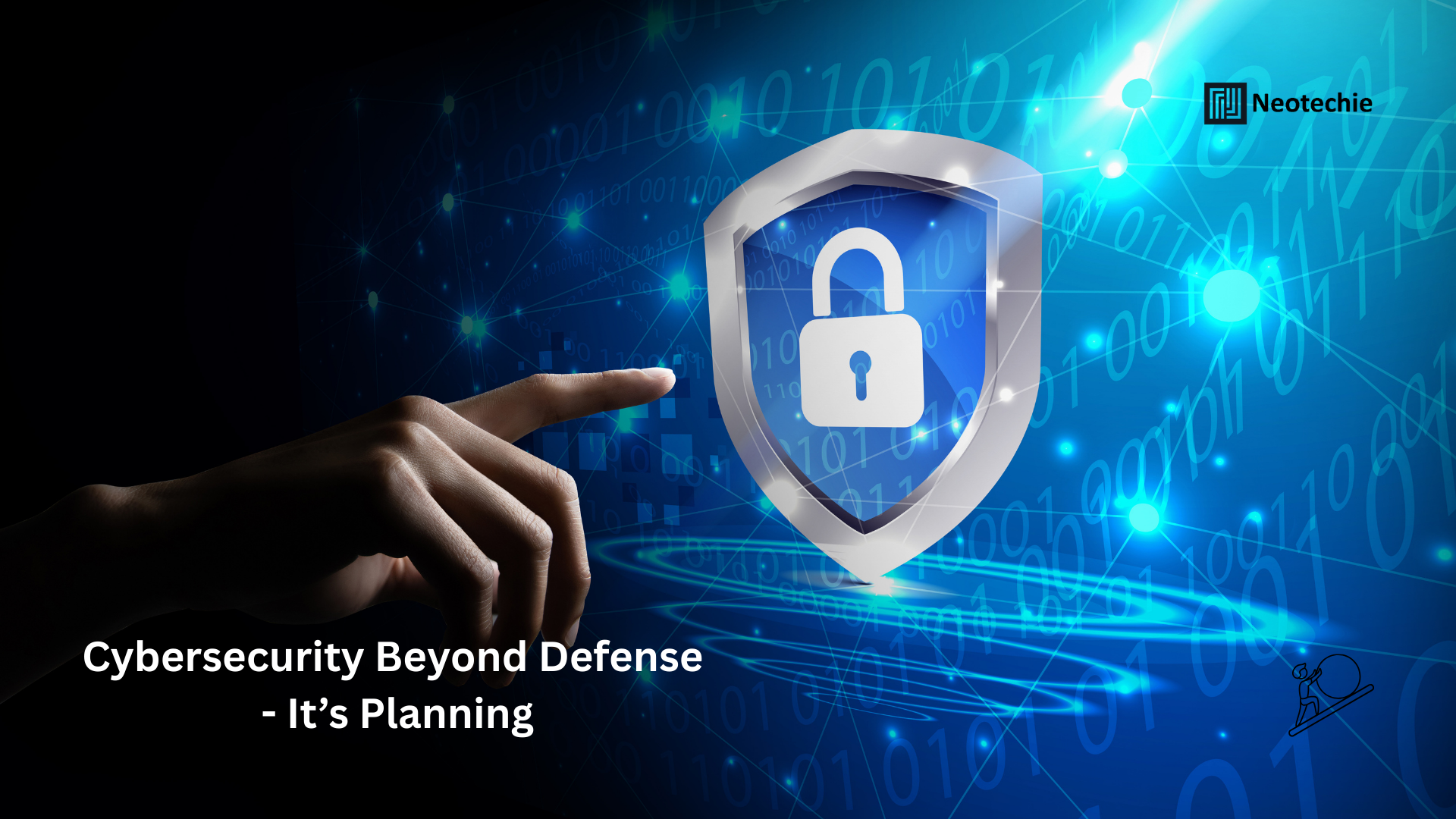Cybersecurity in the Digital Age: Building Resilience Through Strategic IT Planning
As businesses embrace digital transformation, the need for robust cybersecurity has never been more critical. Cyber threats are becoming increasingly sophisticated, targeting data, infrastructure, and operational continuity. Organizations must proactively integrate cybersecurity measures into their IT strategy to safeguard assets and maintain stakeholder trust.
A strategic approach to cybersecurity goes beyond firewalls and antivirus software. It involves comprehensive planning, governance, risk management, and continuous monitoring, ensuring that security is embedded into the organizational DNA rather than treated as an afterthought.
What Cybersecurity in IT Planning Means
Cybersecurity in the context of IT strategy involves designing systems, policies, and processes that protect digital assets from threats. It encompasses:
- Threat Assessment: Identifying potential vulnerabilities, attack vectors, and critical assets.
- Risk Management: Evaluating potential impacts and prioritizing mitigation strategies.
- Policy Development: Establishing protocols, standards, and compliance measures to guide secure operations.
- Incident Response Planning: Preparing structured responses to minimize damage and downtime in the event of a breach.
- Continuous Monitoring: Implementing tools and processes to detect, respond to, and prevent security incidents proactively.
Integrating these components into the IT strategy ensures a holistic, proactive approach to cybersecurity.
Why Cybersecurity is Crucial for Businesses
1. Protects Sensitive Data
Customer information, financial records, and intellectual property are valuable assets. Robust cybersecurity ensures these assets remain confidential and secure, protecting the organization’s reputation and legal compliance.
2. Maintains Operational Continuity
Cyber attacks can disrupt critical operations. Strategic planning minimizes downtime and ensures systems can recover quickly, reducing financial and reputational damage.
3. Supports Regulatory Compliance
Industries face stringent data protection regulations. Embedding cybersecurity in IT planning ensures adherence to standards such as GDPR, HIPAA, and ISO frameworks, avoiding penalties and maintaining trust.
4. Enhances Customer Confidence
Clients and partners are more likely to engage with organizations that demonstrate strong security measures, boosting loyalty and competitive advantage.
5. Enables Safe Digital Transformation
As businesses adopt cloud services, AI, IoT, and other emerging technologies, cybersecurity planning ensures safe integration without exposing the organization to unnecessary risks.
How to Build a Cybersecurity-Focused IT Strategy
1. Conduct a Comprehensive Risk Assessment
Identify critical assets, potential threats, and vulnerabilities. Use this information to prioritize areas that require the most protection.
2. Define Security Objectives Aligned with Business Goals
Establish clear goals for data protection, system reliability, and regulatory compliance that support broader organizational objectives.
3. Implement Layered Security Measures
Adopt a multi-layered approach including network security, endpoint protection, identity management, encryption, and access controls to ensure comprehensive coverage.
4. Develop an Incident Response Plan
Prepare structured protocols for detecting, containing, and recovering from security breaches. Regularly test these plans to ensure readiness.
5. Invest in Employee Training and Awareness
Human error is a leading cause of security incidents. Educate employees on cybersecurity best practices, phishing awareness, and secure handling of sensitive information.
6. Continuous Monitoring and Improvement
Use advanced monitoring tools and analytics to detect anomalies, evaluate threats, and refine security measures continually.
7. Regular Audits and Compliance Checks
Conduct periodic reviews to ensure adherence to policies, regulatory standards, and evolving security practices.
Business Benefits of Integrating Cybersecurity into IT Planning
- Risk Mitigation: Reduces the likelihood and impact of cyber incidents.
- Regulatory Compliance: Avoids fines and legal issues by adhering to data protection standards.
- Operational Continuity: Ensures critical business processes remain uninterrupted.
- Customer Trust: Builds confidence and strengthens brand reputation.
- Secure Innovation: Enables safe adoption of new technologies without compromising security.
How Neotechie Helps Businesses Build Cyber Resilience
Neotechie provides end-to-end IT strategy consulting that embeds cybersecurity into organizational planning.
- Risk Assessment & Threat Analysis
Evaluate vulnerabilities, identify potential threats, and prioritize security initiatives. - Security Policy & Governance Frameworks
Develop comprehensive policies, procedures, and governance structures to ensure continuous compliance and security. - Technology Integration & Monitoring
Implement advanced security solutions including firewalls, endpoint protection, encryption, and monitoring tools to safeguard IT infrastructure. - Incident Response Planning
Create and test structured protocols for rapid detection, containment, and recovery from cyber incidents. - Employee Training & Awareness Programs
Educate teams on cybersecurity best practices, phishing prevention, and safe technology usage.
Partner with Neotechie to build a resilient, secure IT environment. Visit our IT Strategy Consulting Services page to learn more and schedule a consultation.

